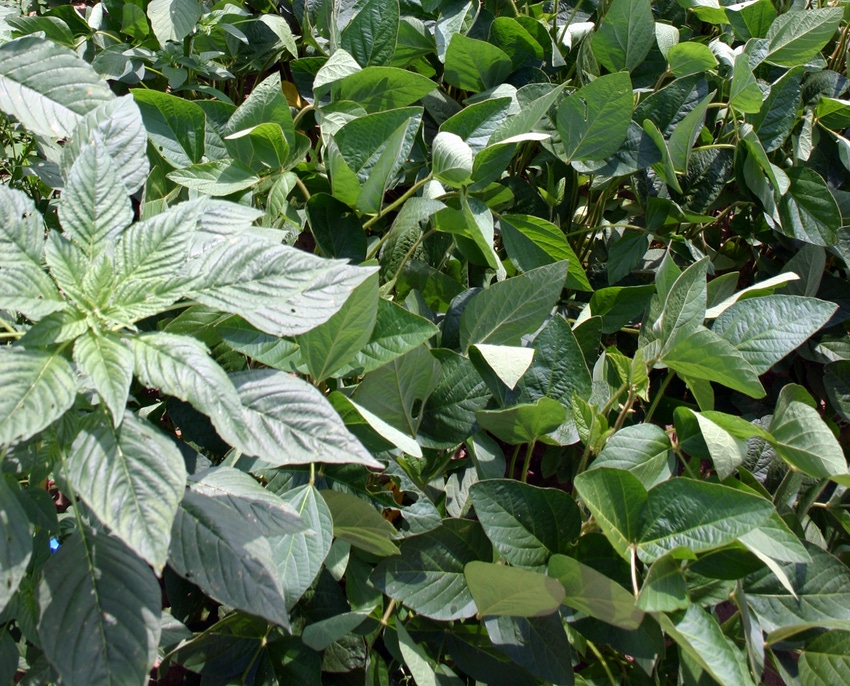July 7, 2011

Applying postemergence herbicides too late was the biggest problem in weed control when I began my career and it continues to be today. That obviously says a lot about how effective I have (not) been in my roughly 40 year career!
Roundup Ready spoiled everyone, including me. However, you will lose the farm trying to live in the past. We are back in a period where application timing will hold the key to your success and that is not going to change in the foreseeable future.
I have done a lot of spraying and fully realize it is easy for me to sit at the keyboard and oversimplify application timing. I realize the weather does not always cooperate. It was a very windy spring (perhaps the worst I can remember), and many are “over-cropped” trying to survive.
However, I took call after call where I said, “You have to spray them now!” The response too often was “I am not through planting (or whatever) and I can not even think about spraying right now.”
Unless a practical answer is found, you will lose the farm to pigweeds. With Flexstar, for example, you have about a seven-day window from emergence to get it sprayed or it is over. If you wait until the backside of that window you may only have a one- to two-day margin for error.
Pigweeds easily grow 2 inches a day once they get started in hot weather. When we say Flexstar must be sprayed on pigweeds 2 inches or less, timing is everything.
With LibertyLink soybeans you have a little more margin for error. However, you must understand it is not what Roundup used to be on pigweeds. That means you can not apply Ignite like glyphosate — apply it properly for Ignite.
With Ignite you can often kill a pigweed up to 6 inches tall if the conditions are good and the herbicide is properly applied. Because conditions are not always good and the herbicide may not always be properly applied, lower that to 4 inches for some margin for error.
Since they grow 2 inches a day, you need to start spraying when they are 1 to 2 inches tall. Too many folks were dropping the “to” out of 1 to 2 and starting at 12 inches!
I walked far too many fields this year where soybeans were first trifoliate and 90 percent of the pigweeds were 3 to 4 inches. The other 10 percent of the pigweeds were 12 inches tall. These had to have been missed either with the burn down program or the preplant tillage program.
Behind Ignite applications the 3- to 4-inch pigweeds were smoked and the big ones were putting back out. Even in situations where the biggest pigweeds emerged with the crop there will be a range of sizes at application. Look behind the application a week later and the size of the dead ones will tell you where the biggest ones should have been when they were sprayed.
I can not tell you how to best manage application timing on your farm, but I can tell you that you must spray small pigweeds to be successful.
In addition to growers learning to use new technology such as LibertyLink, applicators must adapt as well. Far too many timely applications of Ignite were missed this year because applicators either would not spray it or would only put it behind the other jobs because they did not want to wash out. I do not run a spray business but this has to change.
After this year, I believe, the adaptation of LibertyLink soybeans will increase as rapidly as seed production will allow. I predict that if applicators do not adapt to the proper timing and application techniques required for Ignite, farmers will find other applicators for those acres.
You can not spray Ignite like you spray Roundup and be successful. Ignite is a contact herbicide and requires a medium spray droplet. That does not mean a droplet so fine that it fogs and does not fall — it is just a droplet smaller than the large droplets used for glyphosate.
About the Author(s)
You May Also Like




